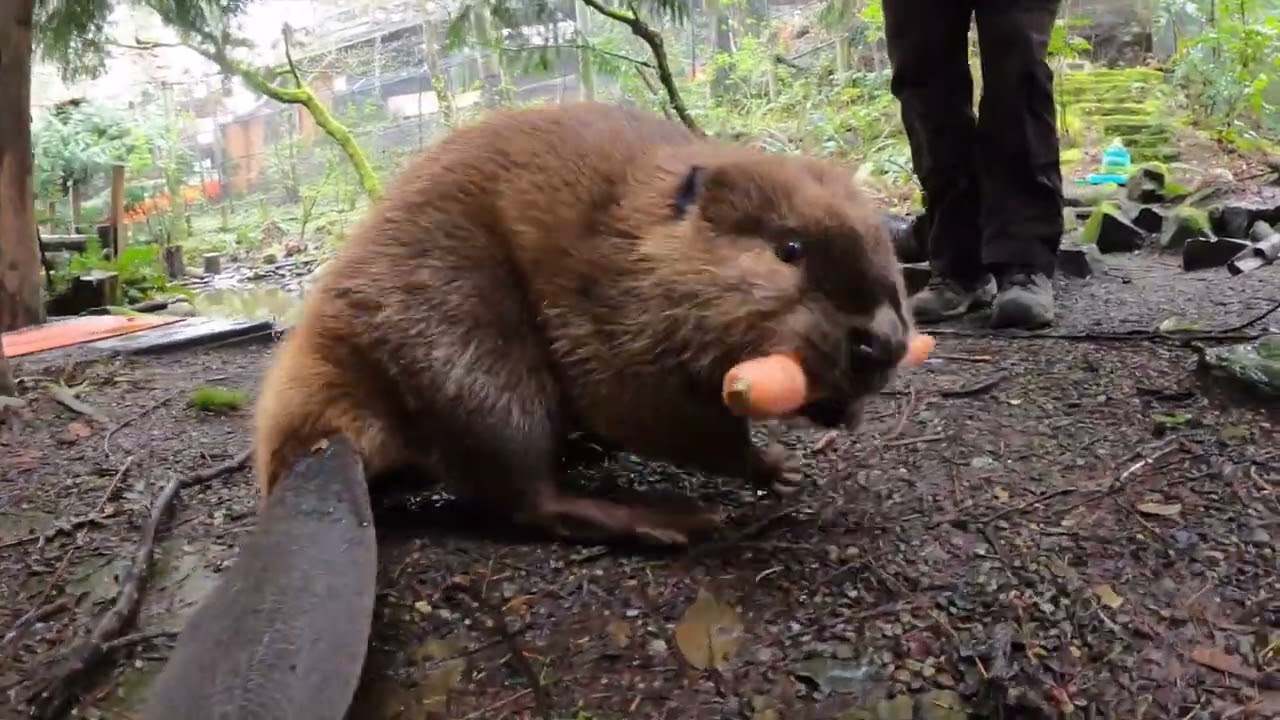– The role of nutrition in the health and longevity of captive animals is showcased through Busy Beaver Maple’s birthday celebration with a juicy carrot.
– Using the example of Busy Beaver Maple, the significance of environmental enrichment in encouraging natural behaviors in wildlife within zoo settings.
– Efforts towards wildlife conservation and how events like Busy Beaver Maple’s birthday can raise awareness and foster a connection between the public and animal conservation efforts.
– Research and continuous learning are important in zoo management and animal care to ensure the welfare of animals like Busy Beaver Maple.
—
Understanding animals’ diet and nutritional needs in captivity is paramount for their health and longevity. The case of Busy Beaver Maple celebrating its birthday with a juicy carrot highlights the careful consideration zoos must put into the diet of each animal. Beavers are known for their plant-based diet, primarily consisting of tree bark and cambium, the soft tissue that grows under the bark of trees. However, in a controlled environment like a zoo, their diet can be supplemented with vegetables and fruits to ensure they receive all the necessary nutrients. Including a carrot as a treat for Maple’s birthday is a nutritious choice and a form of dietary enrichment that adds variety to her meals.
Environmental enrichment is a critical component of modern zoo management, aiming to stimulate an animal’s natural behaviors and provide a more dynamic and engaging living space. For Busy Beaver Maple, receiving a carrot is more than just a nutritional benefit; it serves as a form of behavioral enrichment. Beavers would spend a significant amount of time foraging for food in the wild. Offering Maple a carrot mimics this natural behavior, encouraging her to use her teeth and paws to manipulate and consume the treat, promoting physical activity and mental stimulation.
Zoo events, like the birthday celebration for Busy Beaver Maple, serve a dual purpose. They enrich the animals and play a vital role in wildlife conservation efforts. These events can draw attention to the species, educating the public on the beaver’s role in ecosystem engineering and their conservation status. By fostering a connection between the public and wildlife, zoos can encourage support for conservation initiatives, both locally and globally. Engaging the public in these celebratory events helps to raise awareness about the importance of wildlife preservation and the ongoing efforts needed to protect species and their habitats.
Research and education are foundational elements of zoo management and animal care. The knowledge gained through daily care, observation, and scientific study informs best practices in animal nutrition, health, and welfare. The celebration of Busy Beaver Maple with a carrot is a small but meaningful example of how ongoing research into animal nutrition and welfare shapes the lives of animals in zoos. Zoos employ specialist veterinarians and animal nutritionists who dedicate their careers to learning about and catering to the specific needs of each species. This commitment to learning and adaptation ensures that animals like Maple receive the highest standard of care.
The life and celebration of Busy Beaver Maple within a zoo setting provide valuable insights into the complex needs and careful management of captive wildlife. From selecting a simple carrot as a birthday treat to the broader implications for conservation and education, the occasion underscores the multifaceted approach required in modern zoo management. For professionals in the field and the public alike, it reminds us of our responsibility towards these animals and the environment. By supporting and engaging with zoo conservation efforts, we contribute to the welfare of animals like Busy Beaver Maple and the broader mission of conserving wildlife for future generations.
*****
Source Description
Happy Beavday Maple! The Branch/Carrot Manager is 8 years old


